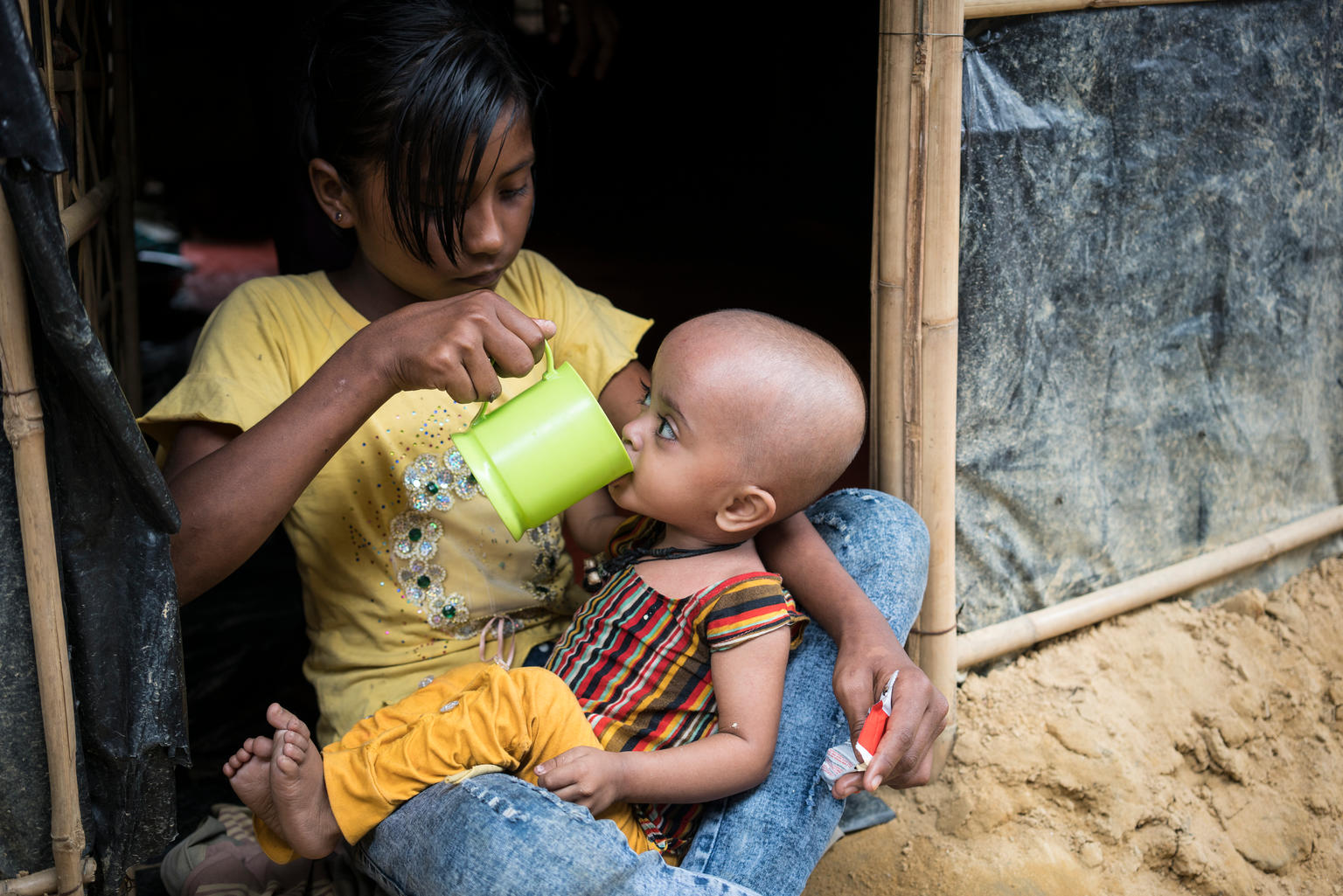UNICEF has launched an appeal for $3.6 billion to provide lifesaving humanitarian assistance to 48 million children living through conflict, natural disasters and other emergencies in 51 countries around the world in 2018.
One in four of the world’s children live in a country affected by conflict or disaster.
Around the world, violent conflict is driving humanitarian needs to critical levels, with children especially vulnerable.
Conflicts that have endured for years – such as those in the Democratic Republic of Congo, Iraq, Nigeria, South Sudan, Syria and Yemen, among other countries – continue to deepen in complexity, bringing new waves of violence, displacement and disruption to children’s lives.
Many of these children are already vulnerable before crises strike — living in poverty, deprived of adequate nutrition, out of school, and at risk of exploitation.
Children are always the most vulnerable group in emergencies – they face the highest risk of violence, exploitation, disease and neglect.
48 million children in need of lifesaving assistance is about equivalent to the population of Columbia, or Kenya, or Spain, or South Korea, or twice the population of Australia.
Leading agency
UNICEF is the leading humanitarian agency on water, sanitation and hygiene in emergencies, providing over half of the emergency water, sanitation and hygiene services in humanitarian crises around the world.
Working with partners and with the support of donors, in 2018 UNICEF aims to:
– Provide 35.7 million people with access to safe water;
– Reach 8.9 million children with formal or non-formal basic education;
– Immunize 10 million children against measles;
– Provide psychosocial support to over 3.9 million children;
– Treat 4.2 million children with severe acute malnutrition.
In the first ten months of 2017, as a result of UNICEF’s support:
– 29.9 million people were provided with access to safe water;
– 13.6 million children were vaccinated against measles;
– 5.5 million children accessed some form of education;
– 2.5 million children were treated for severe acute malnutrition;
– 2.8 million children accessed psycho-social support.
For more information, or to read the Humanitarian Action for Children 2018 appeal, click here


